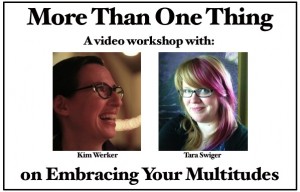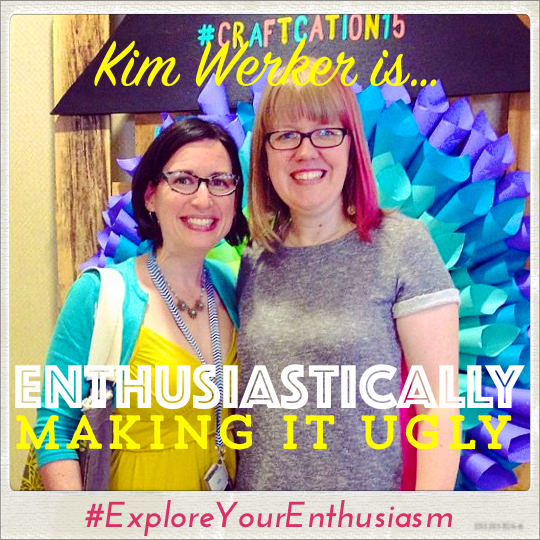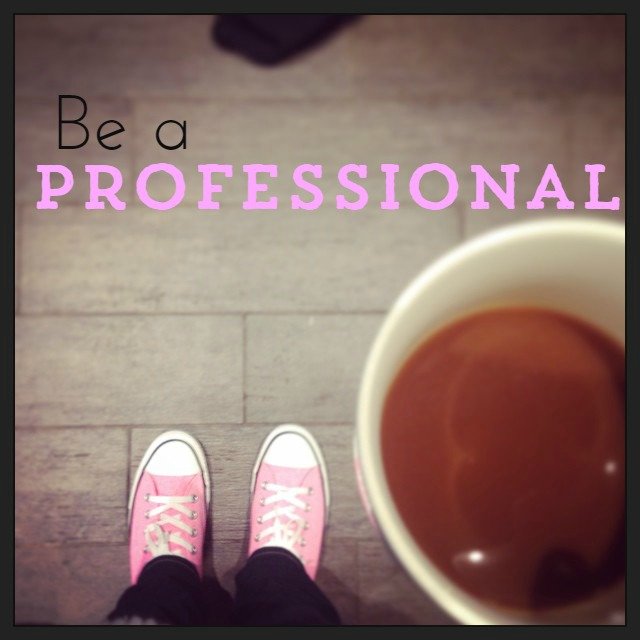Today Kim wrote about some of the worst advice she ever got, and it shocked me, because it's strikingly similar to what I considered to be some of the best advice I ever got.
A business advisor told me: Become an expert, and then share that expertise.
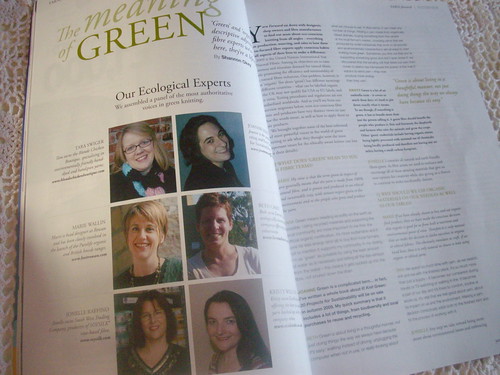
This is when I was only dreaming about making yarn full time, and I took her advice immediately to heart. I knew that what would matter to my yarn-buying customers is my expertise about eco-friendly yarn sources. So I started researching, writing, and just generally sharing what I was learning. And that landed me in my first magazine and my photos in a eco-focused knitting book, which gave me the confidence to pitch my first paid writing gig. And all that strengthened my business to the point where I could quit my dayjob and make yarn full-time. When I started getting questions about how I quit my dayjob, I realized people saw me as an expert in that, so I did lots more research (I was already obsessively reading every business book published in the last 3 decades) and started share that. Three years, and conversations with hundreds of creative businesses later, I wrote a book.
So, for me, this was great advice.
It gave me focus. It gave me a goal. And it gave me an effective content marketing plan (I always knew what to write about and what oppurtunities to pursue).
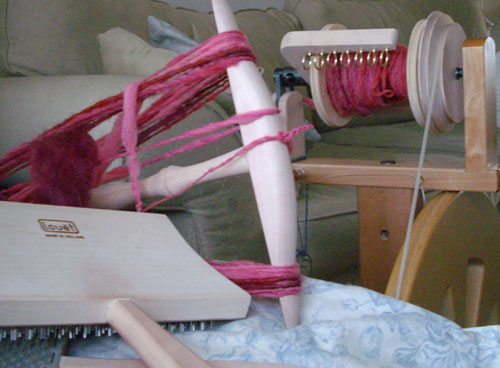
But a funny (unintended) thing happened.
I focused so tight, I narrowed myself. I put so much work into exploring my One Thing, that I cut off other things. I assumed that yarn people (or, business people) only wanted to hear about the one thing…so I filtered everything through that One Thing…to the death of the wholeness, of my complicated-ness.
It's that steely focus that made me SO terrified to start writing and talking about business, even when I really wanted to. It's that cold pragmatism that makes me so shy to share my utter geekiness. And it's that unyielding narrowness that made it hard, and yet so so necessary to write about the you-ness in your business.
I'm just starting to break free from self-imposed exile, and in doing so, I'm seeing that this isn't based on good business sense, it's fear. Fear to be myself, even among the people who love me best. Fear of boring you, annoying you, or just being misunderstood.
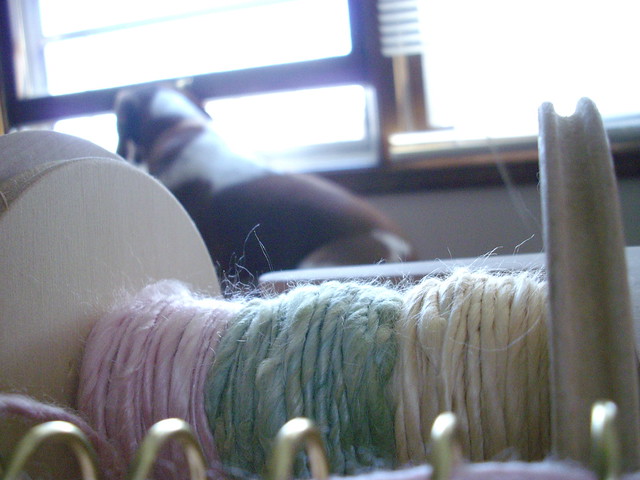
But I know I'm not alone in this. Every month I have a conversation with a crafter that says “I've really been thinking about doing x…but is that too far out there? Too unexpected?” The designer that wants to build software. Or the writer who wants to do puppetry videos.
I'm still figuring this out, but Kim is one of my heroes. She built an enviable career around crochet and editing, and then chucked it. And yet, her worst fears didn't come true. She still thrived. She still worked. She still got to pursue her passions.
And I look at other heroes, the artist who brings her fangirl-ness into her work. And I look at my own history. I thought, when I started talking about business to my yarn customers, that they would be bored…but I couldn't ignore my enthusiasm and followed it into a whole new career that I adore.
And you're not alone either.
If you're nodding along, if you've got passions, interests and just ideas that don't fit in with what you're doing now, let's talk about that! Join me + Kim next Tuesday (just one week!) while we discuss all this. We'll talk about how to build a business that can contain your multitudes, and how to handle all the sticky situations that come up (talking to your uncle at Christmas, or introducing something new to your customers). We've got adivce, stories, and answers and ideas for your specific situation. Join us right here.
